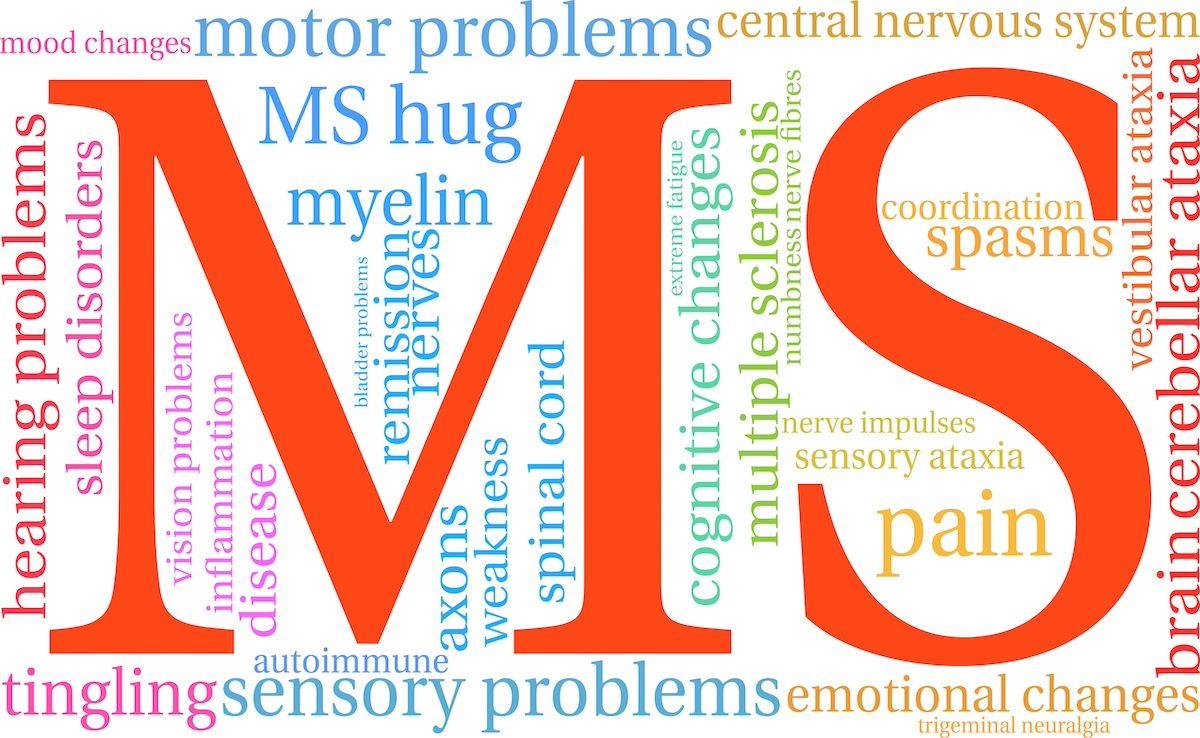Article
Let's Talk About Sex and Pelvic Floor Disorders
Author(s):
Pelvic Floor Disorders (PFDs) affect tens of millions of women in the US alone, yet both provider and patient awareness remains low.
Pelvic floor disorders (PFDs) often count pain or sexual dysfunction among other “bothersome” (ie, terribly embarrassing) symptoms such as urinary or fecal incontinence. Although many women suffer from PFDs, awareness of the disorder, and treatment options, are still quite low. Before breaking down some of the reasons to understand why this may be the case, let’s make sure we are all on the same page about what PFDs actually are.
Wait, My Pelvis Has a Floor?
Both men and women have a pelvic floor (which is made up of all the tissues—muscles, ligaments, and nerves that support some very important organs such as the bladder and rectum, prostate in men, and the uterus and vagina in women. It’s usually women who suffer from PFDs, with frequency increasing by age: though about a quarter of women suffer from pelvic floor disorder at any given time, these numbers range from just 10% in women under 40 years of age (still pretty high!), to almost half the women 80 years old and above. What’s more, the number of women in the United States who suffer from a pelvic floor disorder is expected to increase by over 70% by the year 2050.
Reasons for the increasing prevalence have partly to do with population health trends and include the fact that disorders of the pelvic floor are more common for women with higher body mass index, those suffering from chronic constipation (which is also expected to increase as the population ages), women who have ever had a baby, are experiencing menopause, or who have had gynecological surgery such as a hysterectomy. All of these risk factors tend to be more common as women age.
What Does It Mean to Have a Disorder of the Pelvic Floor?
Pelvic floor primarily plays a supportive role for a range of important organs. It should essentially be a happy hammock for all those organs to relax when needed, but one that can also contract when required (a sleep number hammock? Do they make those? They should). Issues arise when the pelvic floor “hammock” doesn’t contract and relax as it should. This failure to relax as needed, sometimes even to the point of being labeled a muscle spasm, causes symptoms such as urinary or fecal incontinence, lower back pain, and other mystery pain. For women, pain during intercourse is often a symptom as well.
Why Haven’t I Heard of This?
That’s a good question.
Awareness of PFDs is so low that in 2012 the Boston Scientific Corporation announced the PFD Alliance, a public awareness campaign aimed at getting the word out about this condition and improving quality of life for the tens of millions of women who have it. It seems such a campaign was necessary, given that “90% of Americans underestimate or are unsure about the prevalence of PFDs.” That’s actually not too surprising given that the diagnosis is still considered “controversial”—we still don’t completely understand how to talk about what’s happening down there and are still convening fancy international committees to reach consensus on just how to do so.
While trying to approach any medical problem as carefully and systematically as possible is certainly important, the relative confusion behind PFDs on the provider side only adds to the stigma and confusion on the patient side. Even if a woman does gain the courage to mention embarrassing symptoms such as leaking urine or pain during sex, providers may not know what treatments to offer or which specialists to refer her to. She might be told to simply relax more, she might get offered treatments like “pain medications or antibiotics that don’t provide any relief,” or she may find just the right provider who might be using state-of-the-art treatment practices, only to realize that her (highly effective) physical therapy is not covered.
Treatment Is Complicated, So Let’s Pay Attention
Perhaps one reason PFD isn’t as well known as say, erectile dysfunction is that as of yet there’s no magic pill for PFDs. Treatments will vary depending on the type of dysfunction and the particular symptoms experienced, and they range from self-care methods that include stretching, relaxation, and exercises (which usually require training by a health professional), to muscle relaxants, and the most effective treatment—physical therapy, which increasingly uses fancy methods such as biofeedback. But the point is: effective treatment does exist.
What You Don’t Know Can Definitely Hurt You
Awareness about PFDs and treatment options should start from the medical community (and advocacy communities) so that providers know enough to ask and educate patients, and insurers should follow suit by prioritizing coverage of effective treatment options so that symptoms can be addressed as early as possible.
Great. Where is she going with this?
Over a series of upcoming posts, I’ll explore in greater depth the reasons for low awareness on PFDs. These posts will include discussion of the stigma behind some of the symptoms (the comparative societal concern for sexual dysfunction in men vs. women for example), the role direct-to-consumer advertising markedly doesn’t play in increasing awareness of PFD, as well as issues that perhaps most interest AJMC blog readers such as coverage for some of the most effective treatments, like physical therapy and why this still varies drastically by plan. All of these factors and others contribute to large numbers of women being unaware that they can get relief from their symptoms, or being denied coverage when they do find that relief.
This, I argue, is unacceptable.





